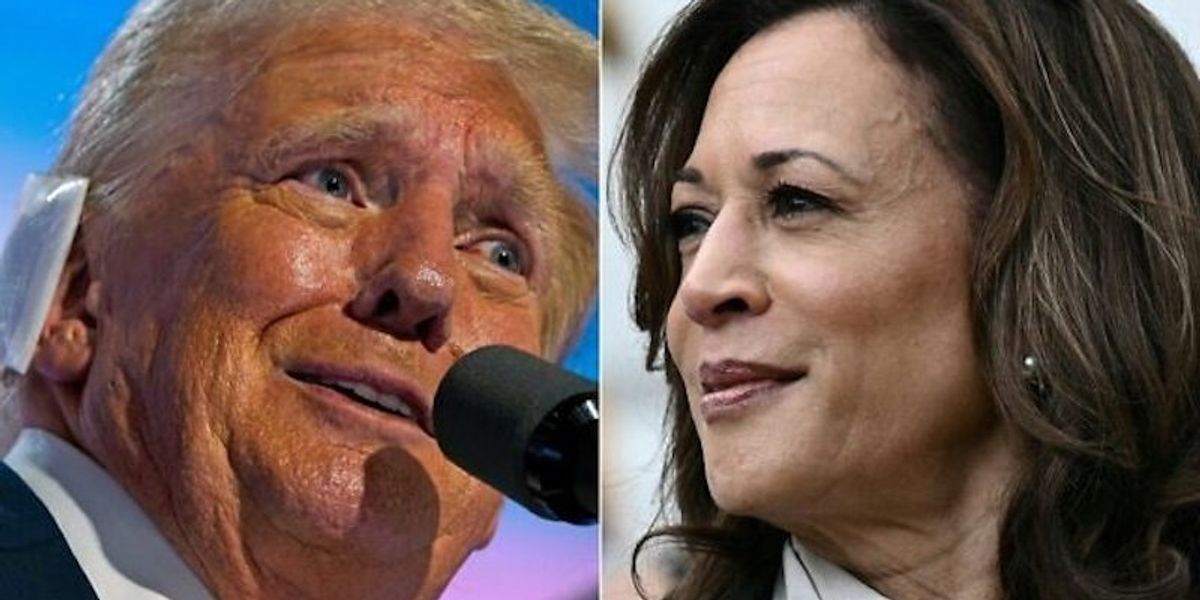
Ketanji Brown Jackson and the Politics of Black Hair
SlateOn Thursday, Ketanji Brown Jackson became the first Black woman to be confirmed to the Supreme Court. “Natural black hair,” as Tiya Miles, the Michael Garvey Professor of History and Radcliffe Alumnae Professor at the Radcliffe Institute for Advanced Study, wrote for the New York Times, in 2018, about the recent resurgence of natural Black hairstyles, “is again a sign of political intention, visually cuing a culture of resistance that asserts the value of difference, of conviction in the face of adversity, of the intrinsic worth of all human beings.” But decades later, this battle for the right to be Black and wear our hair the way it naturally grows out of our head is still being waged. For years, the military’s grooming codes banned or severely limited the wearing of “hairstyles like cornrows, braids, twists and dreadlocks”—all hairstyles that are overwhelmingly worn by Black women. “While the Army certainly isn’t the first to impose these kinds of prohibitions,” wrote Ayana Byrd and Lori L. Tharps, the authors of “Hair Story: Untangling the Roots of Black Hair in America,” in an op-ed about the police for the New York Times, “ it may be the most egregious example, considering that the 26,000 black women affected by AR 670-1 are willing to die for their country.” The Army has since amended its policy. “And with it, black hair in its natural state of sublime uprightness has returned as a symbol of political consciousness and visionary imagining.” As Jackson takes her seat, we can add the Supreme Court to that list.
History of this topic

Ketanji Brown Jackson’s first few months at the fractured Supreme Court
CNN
Justice Jackson makes historic Supreme Court debut in brief ceremony
LA Times
Jackson sworn in, becomes 1st Black woman on Supreme Court
Associated Press
Ketanji Brown Jackson Sworn In As US Supreme Court Justice- First Black Woman In Court's History
Live Law
‘History’: Ketanji Brown Jackson officially joins US top court
Al Jazeera
Column: On the Supreme Court, Ketanji Brown Jackson will be a symbol. But she’s also human
LA Times
Jackson will join more diverse and conservative high court
Associated Press)
Ketanji Brown Jackson confirmed as first black woman to sit on US Supreme Court
Firstpost
Ketanji Brown Jackson makes history as first Black woman Supreme Court Justice
The Independent
‘We have come a long way’: Justice-to-be Ketanji Brown Jackson
Al Jazeera
Obamas, students cheer high court’s 1st Black female justice
Associated Press
Jackson confirmed as first Black female high court justice
Associated Press
Ketanji Brown Jackson confirmed: First Black woman to be US Supreme Court judge
Hindustan Times
Ketanji Brown Jackson Makes History As First Black Woman On Supreme Court
Huff Post
Ketanji Brown Jackson becomes first Black woman on US top court
Al Jazeera
US Supreme Court nominee Jackson gets key Republican support
Al Jazeera
Ketanji Brown Jackson Is Qualified For The Job. So The GOP Went After Her Blackness.
Huff Post
6 Republicans who used the Ketanji Brown Jackson hearings to throw out the wildest right-wing memes
Salon
Black Women Rally At Supreme Court For Ketanji Brown Jackson
Huff Post
First but not last: Black girls see themselves in court pick
Associated Press
Analysis: Ketanji Brown Jackson hearings to spotlight Supreme Court’s rightward trajectory
CNN
US President Joe Biden Nominates First Ever Black Woman For Supreme Court Justice
ABP News
Joe Biden announces first Black woman as Supreme Court judge
Hindustan Times
Supreme Court Justice Ketanji Brown Jackson
CNN
Ketanji Brown Jackson is Biden’s pick for US Supreme Court
Al JazeeraDiscover Related






































